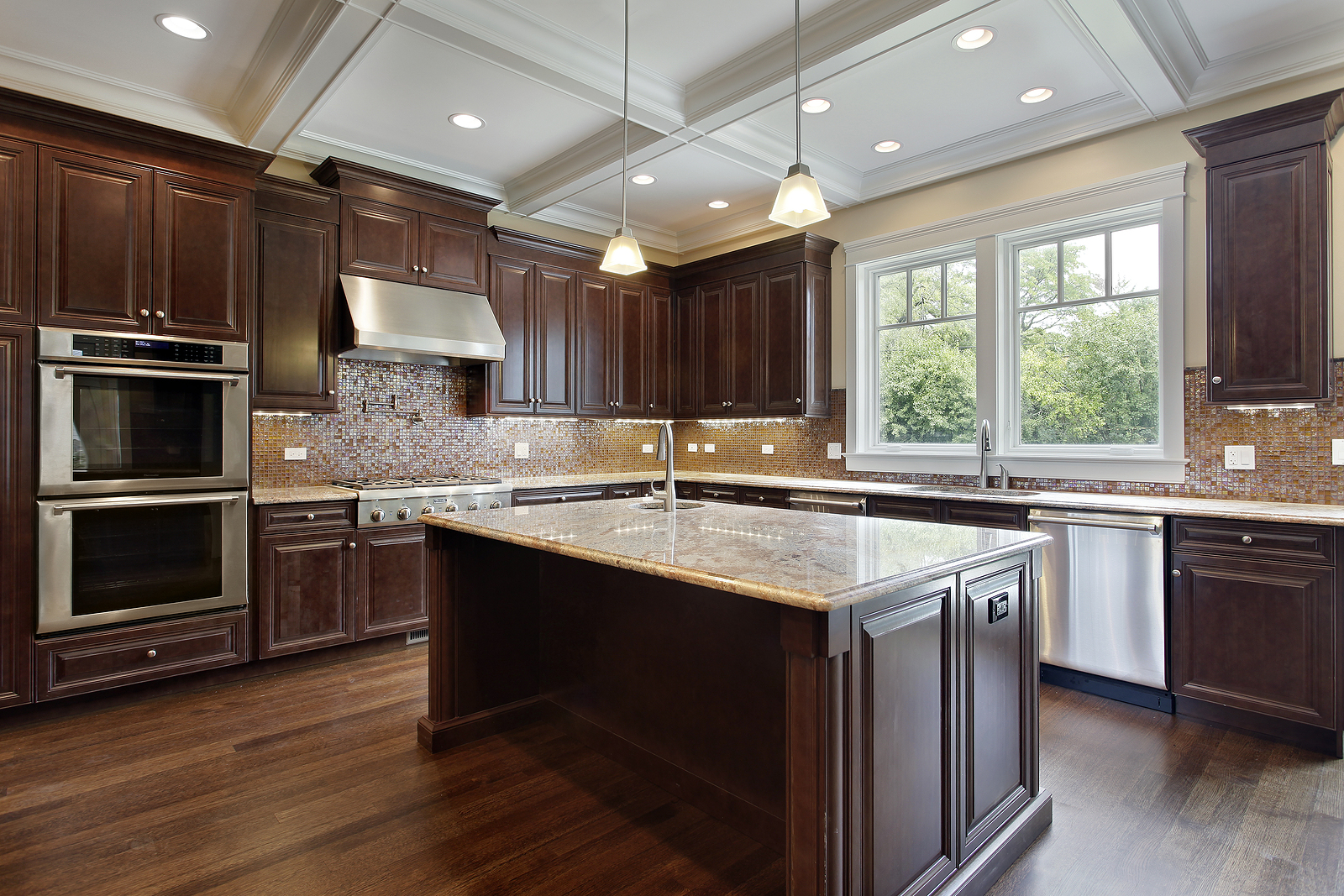How to Choose the Right Lighting for Every Room

Every room has its own function, so it’s important to choose the right type of lighting. Some lights are brighter or dimmer than others, while some are designed to hang or mount on a wall. In this article, we’ll go room by room to help you decide, but first, here is an overview of the three types of lighting to consider:
- Ambient Lighting: The primary light source, it fills most of the room and provides the visibility that lets you safely move about. Often referred to as general lighting, it is often provided by track lights, chandeliers, pendant lights, recessed lighting, and overhead fixtures.
- Task Lighting: Supports functional activities, whether for tasks you perform in the kitchen or reading a book. It is generally brighter so, for example, you can see yourself in a mirror. Task lights brighten small areas and can be standalone or built into a mirror or other fixture.
- Accent Lighting: Serves a decorative purpose by drawing attention to a bookcase, painting, or fireplace. Accent lights often have dimmers to set the mood and may be in the form of lamps, wall-mounted fixtures, track lighting, or picture lights.
Room Lighting Tips
Lighting a room can be achieved by following standard principles or your own personal preferences. Here’s a room-by-room overview of how to figure it out:
- Entryway: Provides an opportunity to create a great first impression. A large, bright fixture, such as a chandelier, should be centered overhead; a dramatic pendant light will suffice as well. Smaller table and accent lights can supplement the ambience.
- Living Room: The living room is a multi-purpose area where you can diversify your lighting scheme. A large fixture should spread light throughout the room. But direct light is needed as well, so floor/table lamps and sconces can be used around seating areas. Dimming switches are helpful in setting the desired mood.
- Kitchen: Lighting requirements vary by location and task. While recessed or ceiling mounted fixtures work above a sink, undercabinet lighting is better for illuminating work surfaces where light from higher fixtures may be shadowed. Overhead lights should illuminate dining tables, kitchen islands, and other focal areas.
- Dining Room: Use a large central fixture to illuminate a dining table and much of the room, and floor or table lamps for dark corners and other areas. Fixtures should have a decorative aspect to give the room character. Chandeliers are common for the middle of the room. Pendant lights are useful too, but should be high enough so people don’t hit their heads!
- Bedroom: Bedrooms typically have a central light source and smaller lamps for nightstands and dressers. The lighting should be warm. Dimmers can provide a softer light before going to sleep, or brighter light for reading or cleaning the room. Feel free to decorate with accent lighting as well.
- Bathroom: While a bathroom can feature a central overhead fixture for bright ambient lighting, the focus should be smaller, wall-mounted lights placed at or a little above eye level. Task lights should be placed so you can see yourself clearly during personal grooming.
Contact a Los Angeles Electrician Today
At Express Electrical Services, we provide installation, remodeling, and emergency repair in Los Angeles and throughout Southern California. Our lighting design and installation professionals can factor in room dimensions, layout, scale, aesthetics, and safety in creating a lighting scheme for your home. Customers rely on us for recessed lighting, interior room lighting (including controls and dimmers), and even motion-sensing lights for outdoor applications. For more information, call 855-976-9049.









Robert Hogward says: